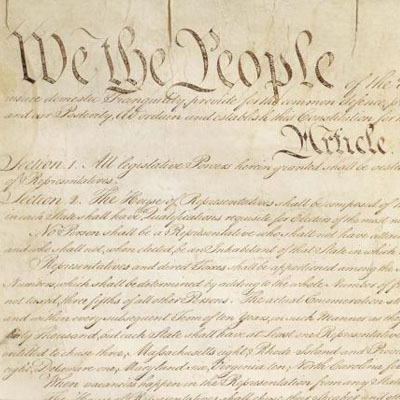
Constitution Day commemorates the formation and signing of the U.S. Constitution by the thirty-nine delegates to the Constitutional Convention on September 17, 1787.
Provides a history of the American people and a testament to the growth of the nation from the colonial period through to the twentieth century. The periodicals focused on American concerns and were predominantly published in the United States or Canada, though some were published overseas by Americans living abroad. The collection offers multiple perspectives on the thought, culture, and society of North America through the eyes of those who lived it, showing how history affected citizens from all walks of life. The collection includes unusual and short-lived magazines as well as better-known titles with long runs. Early periodicals in the collection focus on colonial life and the growing tensions between colonists and their oversea rulers leading up to the American Revolution. Common themes depicted in antebellum periodicals reveal a rapidly growing young nation where industrialization, western expansion, and regional political differences were a daily reality for many Americans. The Civil War and Reconstruction eras are well represented, documenting the conflict and its aftermath from a variety of perspectives and allowing readers to bear witness to this pivotal period in American history. Early twentieth-century titles document the second Industrial Revolution, immigration, women's rights, and World War I, as well as fashion and music during the Roaring Twenties.